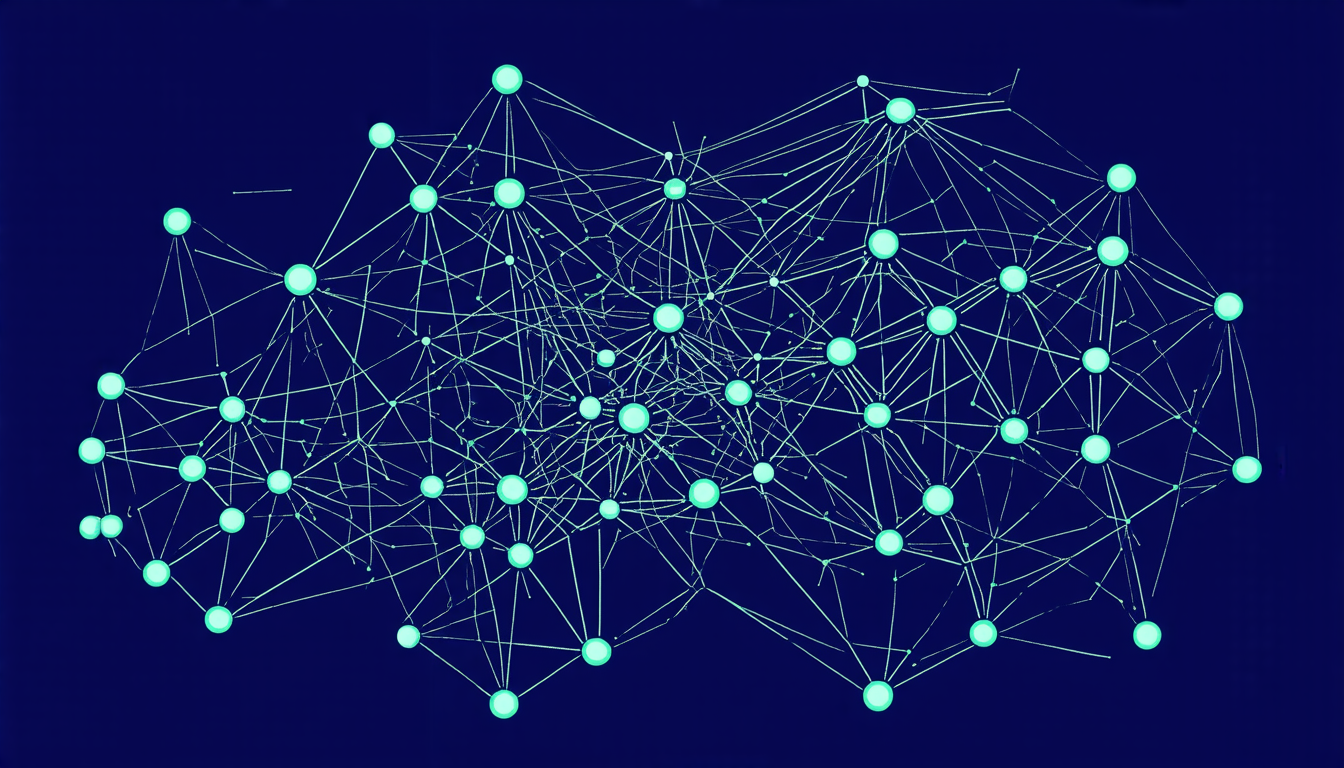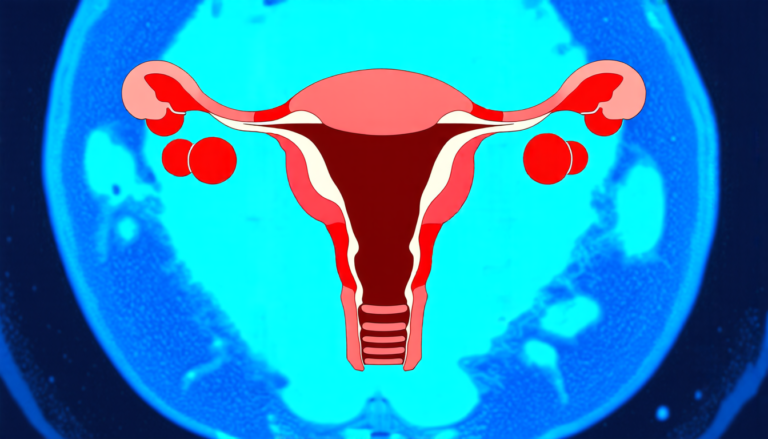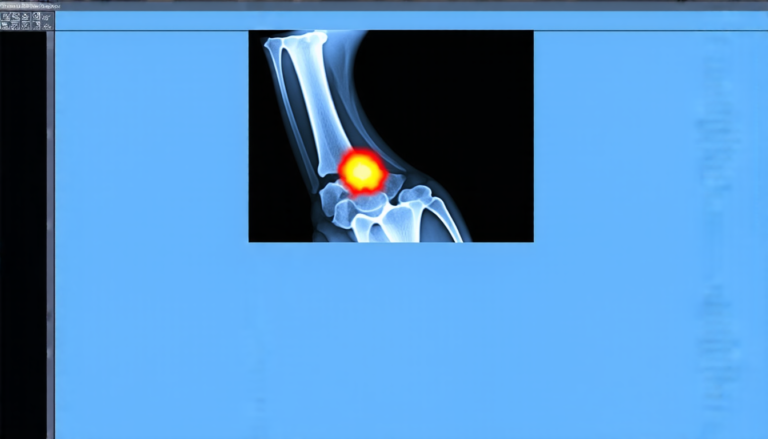Sunday 04 May 2025
The quest for efficient and accurate machine learning models has led researchers down a variety of paths, each promising better results in different domains. Recently, a new approach has emerged that combines the strengths of traditional neural networks with the benefits of Kolmogorov-Arnold Networks (KANs). In this article, we’ll delve into the world of KANs and explore their potential to revolutionize machine learning.
KANs are a type of neural network that’s designed to learn complex patterns in data by approximating functions using a combination of simpler ones. This approach is particularly well-suited for problems that involve high-dimensional data or require the identification of intricate relationships between variables. The key advantage of KANs lies in their ability to capture subtle interactions and non-linearities in data, making them an attractive solution for applications such as image recognition, natural language processing, and time-series forecasting.
One of the primary challenges facing machine learning researchers is the need to balance model complexity with computational efficiency. As datasets grow larger and more complex, traditional neural networks can become unwieldy, leading to slower training times and increased risk of overfitting. KANs, on the other hand, are designed to be more efficient and scalable, making them an attractive option for large-scale machine learning tasks.
In recent studies, researchers have demonstrated the effectiveness of KANs in a variety of domains, including physics-informed machine learning and operator learning. These applications involve complex systems with intricate relationships between variables, where traditional neural networks may struggle to capture the underlying dynamics. By using KANs, researchers have been able to develop more accurate and efficient models that can better predict system behavior and identify key patterns in data.
Another significant advantage of KANs is their ability to provide interpretable results. Traditional neural networks often rely on black-box algorithms that can be difficult to understand or interpret. In contrast, KANs use a combination of simple functions to approximate more complex ones, making it easier for researchers to understand the underlying mechanisms driving system behavior.
While KANs hold significant promise for machine learning research, there are still challenges to overcome before they become widely adopted. For example, the training process for KANs can be computationally intensive, requiring large amounts of data and computational resources. Additionally, the choice of hyperparameters can have a significant impact on model performance, making it essential to develop more effective optimization techniques.
Cite this article: “Unlocking the Power of Kolmogorov-Arnold Networks in Machine Learning”, The Science Archive, 2025.
Machine Learning, Kolmogorov-Arnold Networks, Neural Networks, Pattern Recognition, High-Dimensional Data, Non-Linearity, Scalability, Physics-Informed Machine Learning, Operator Learning, Interpretability







